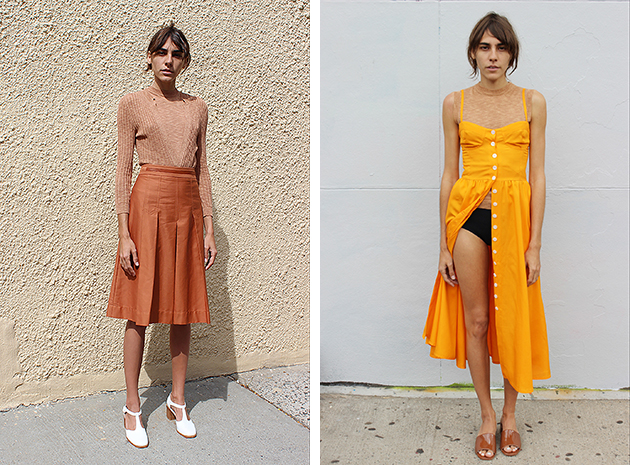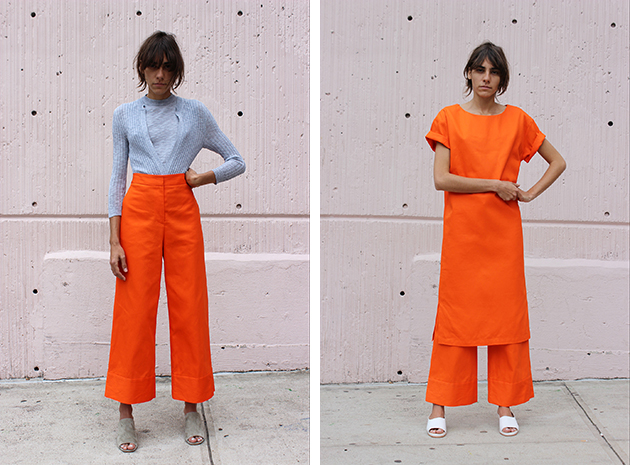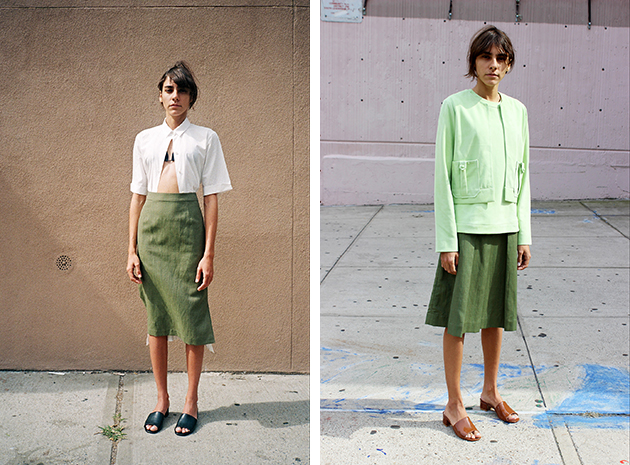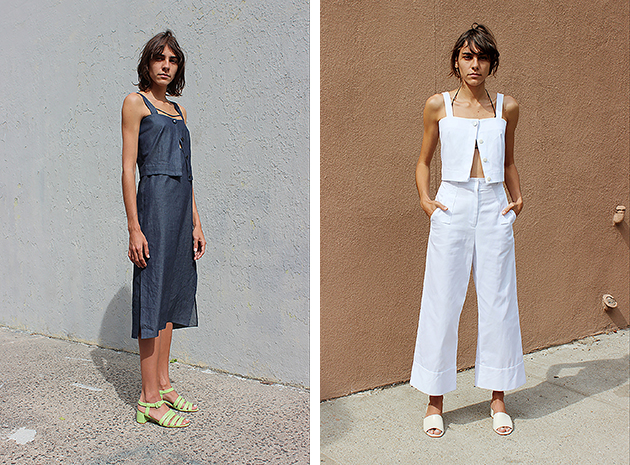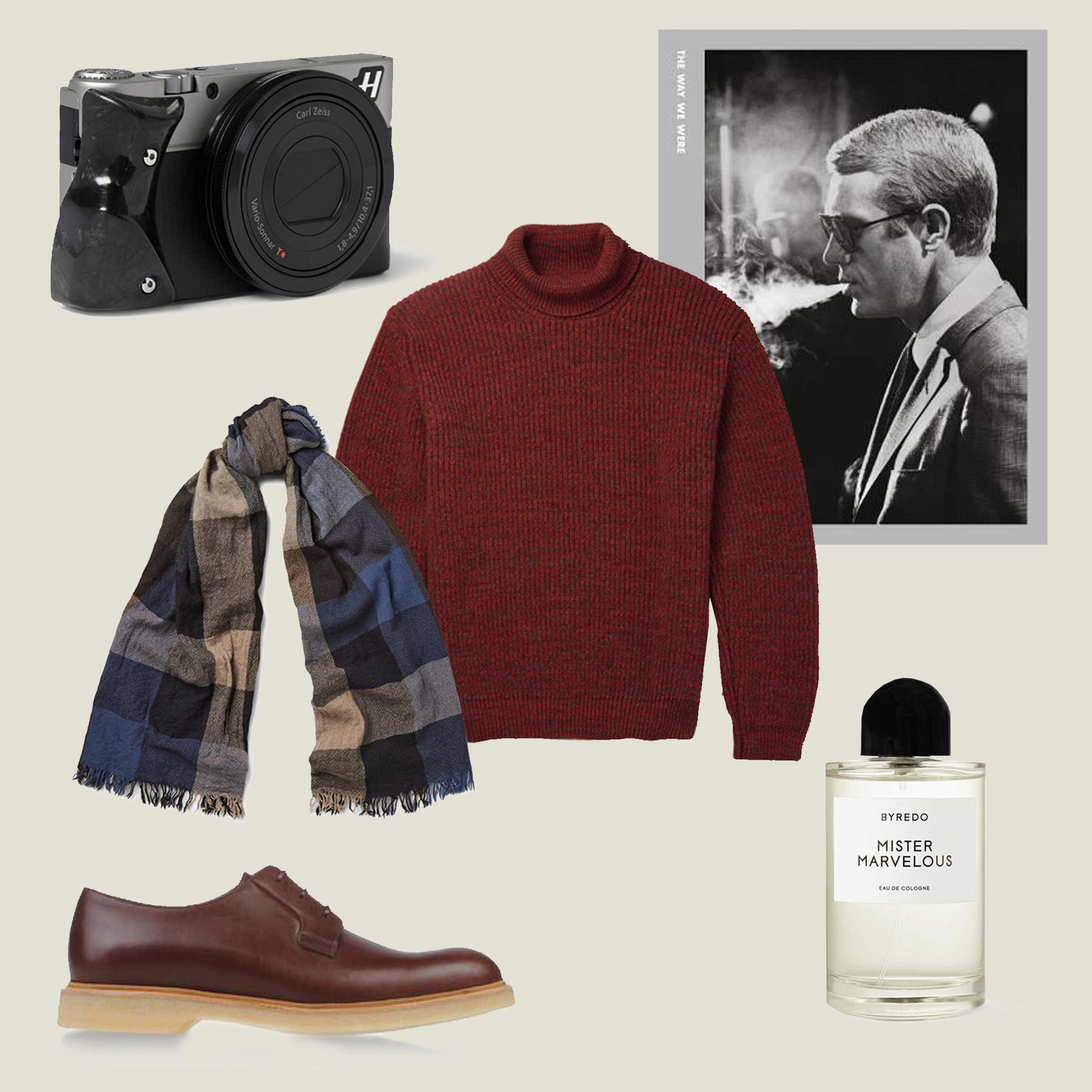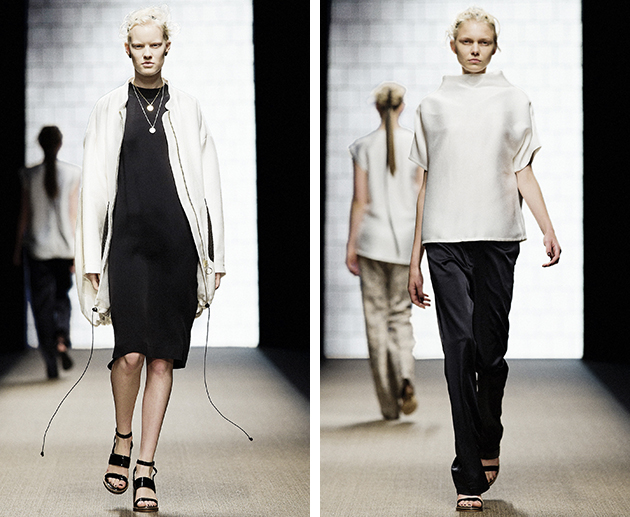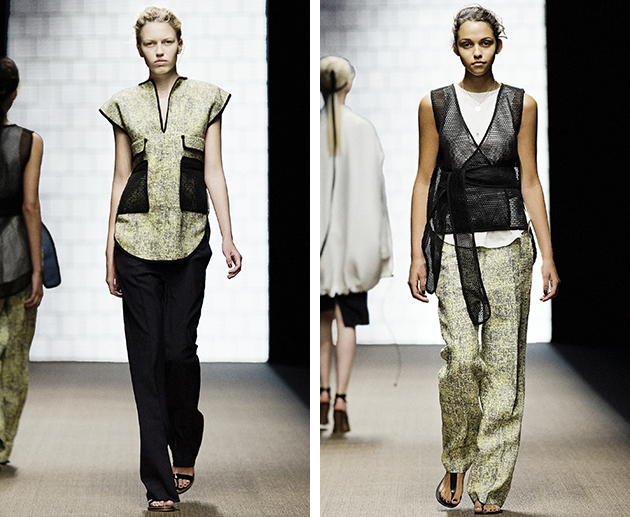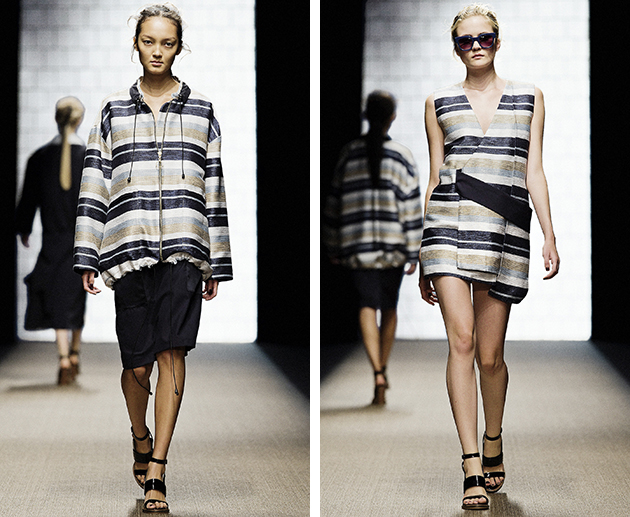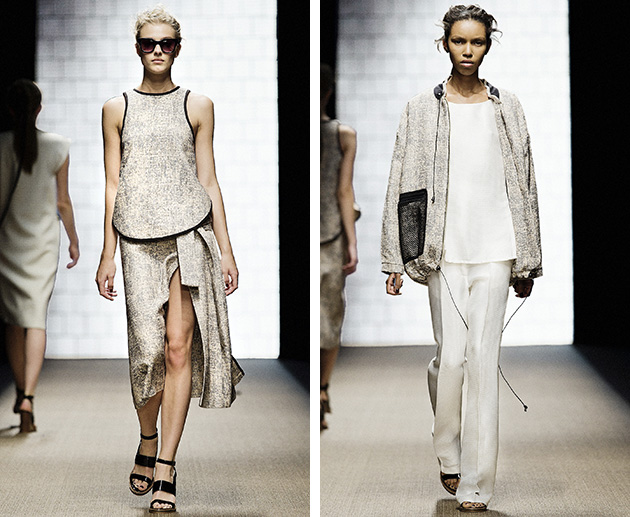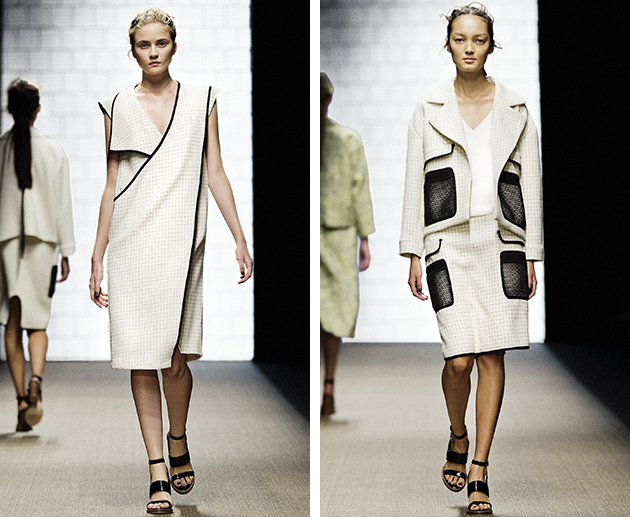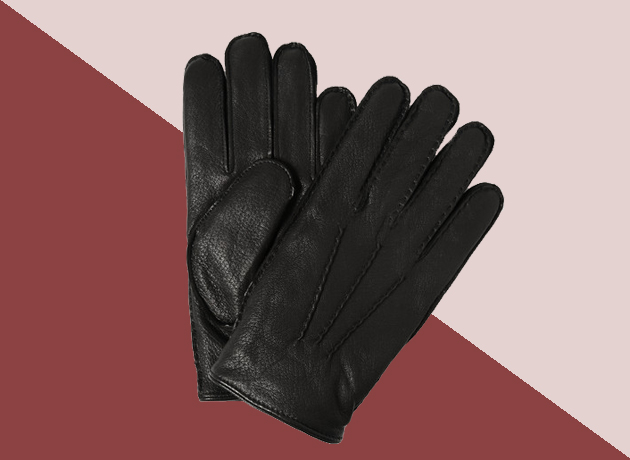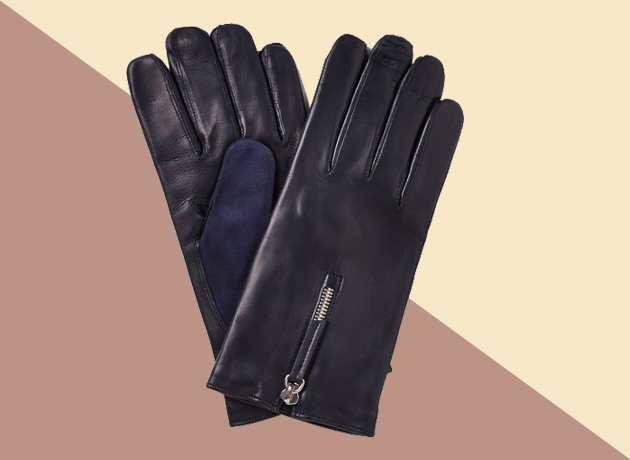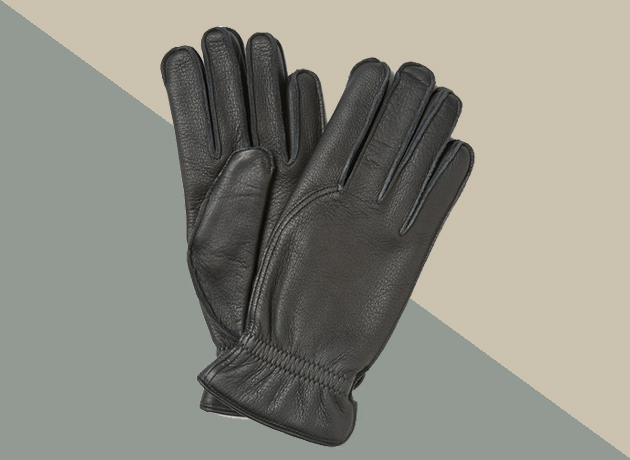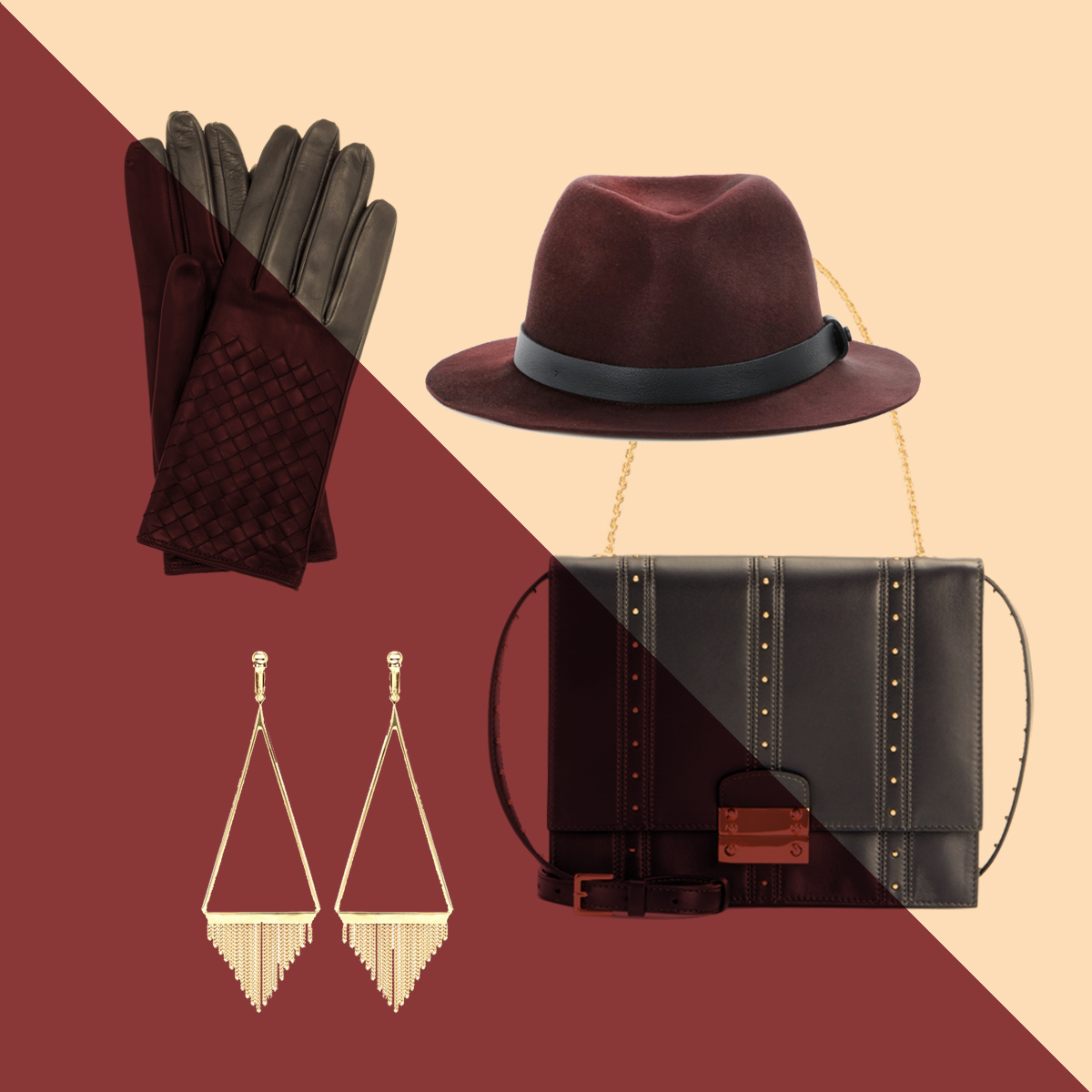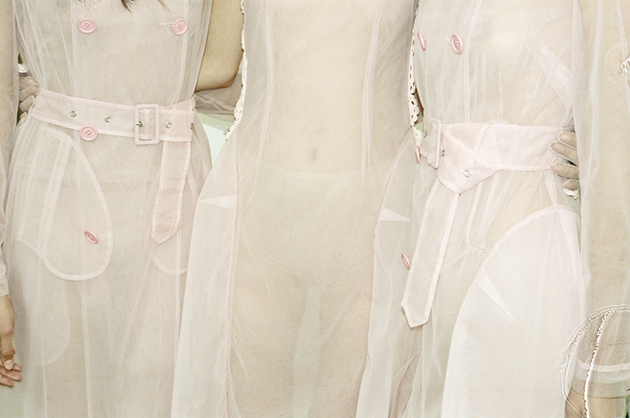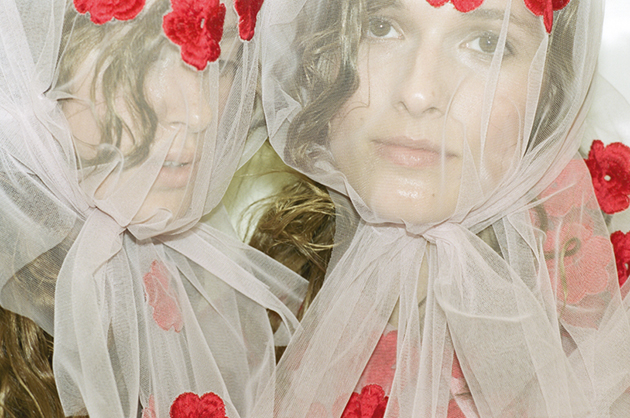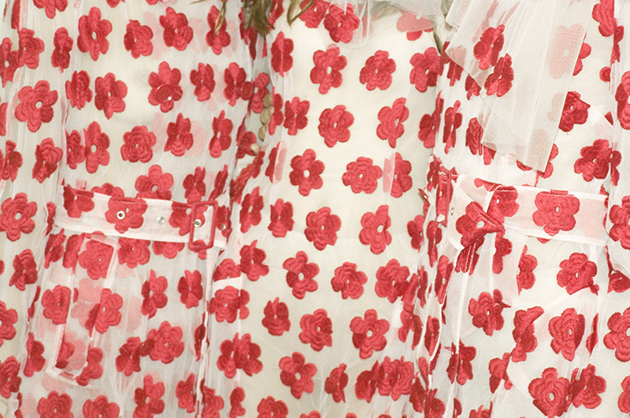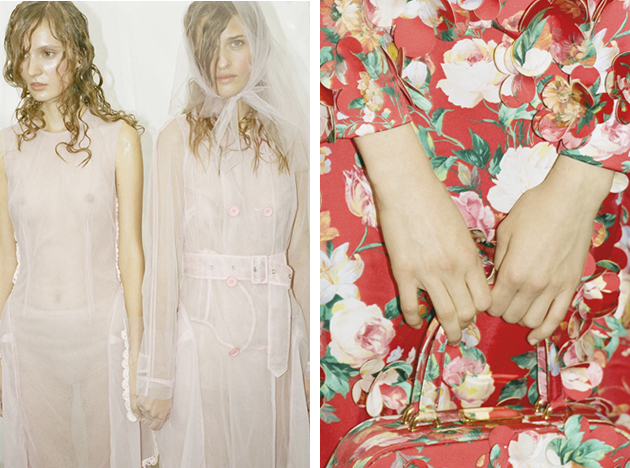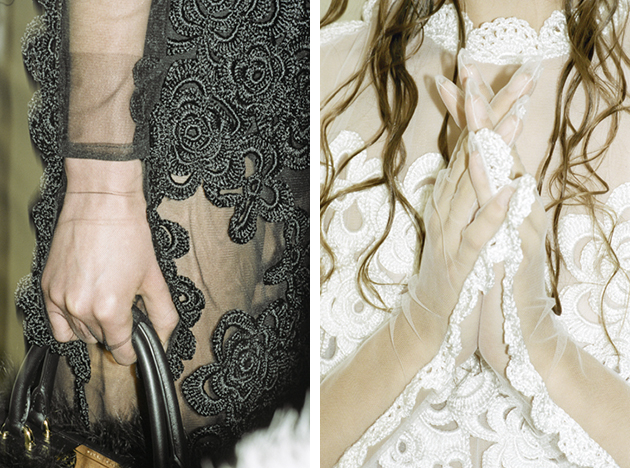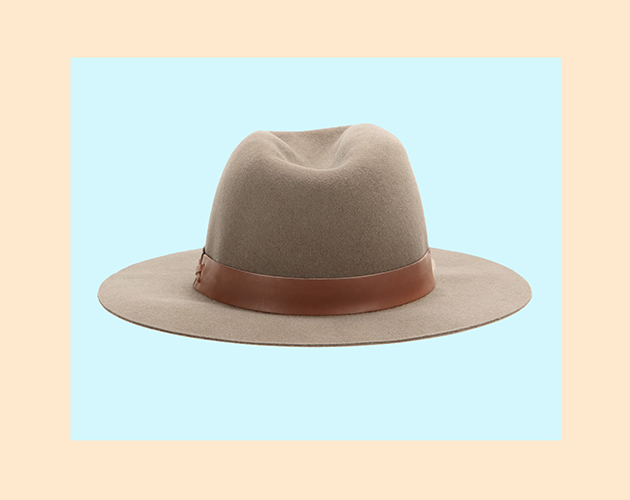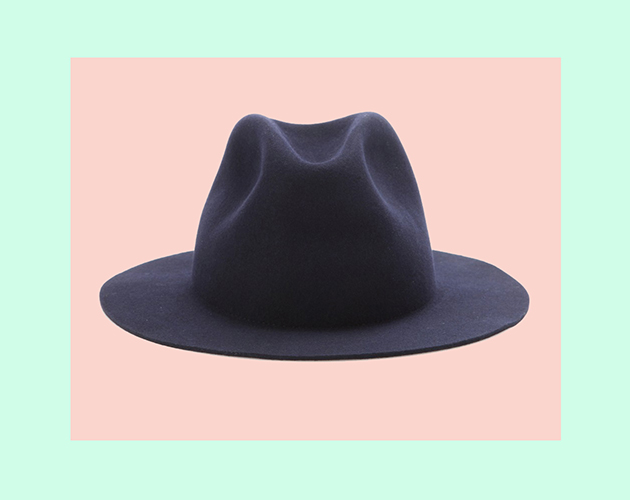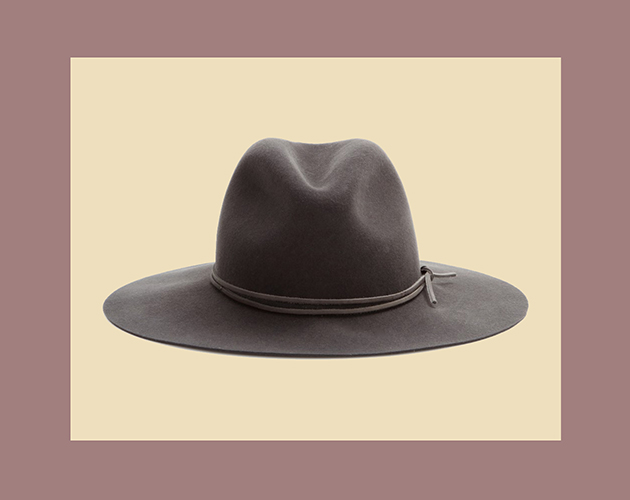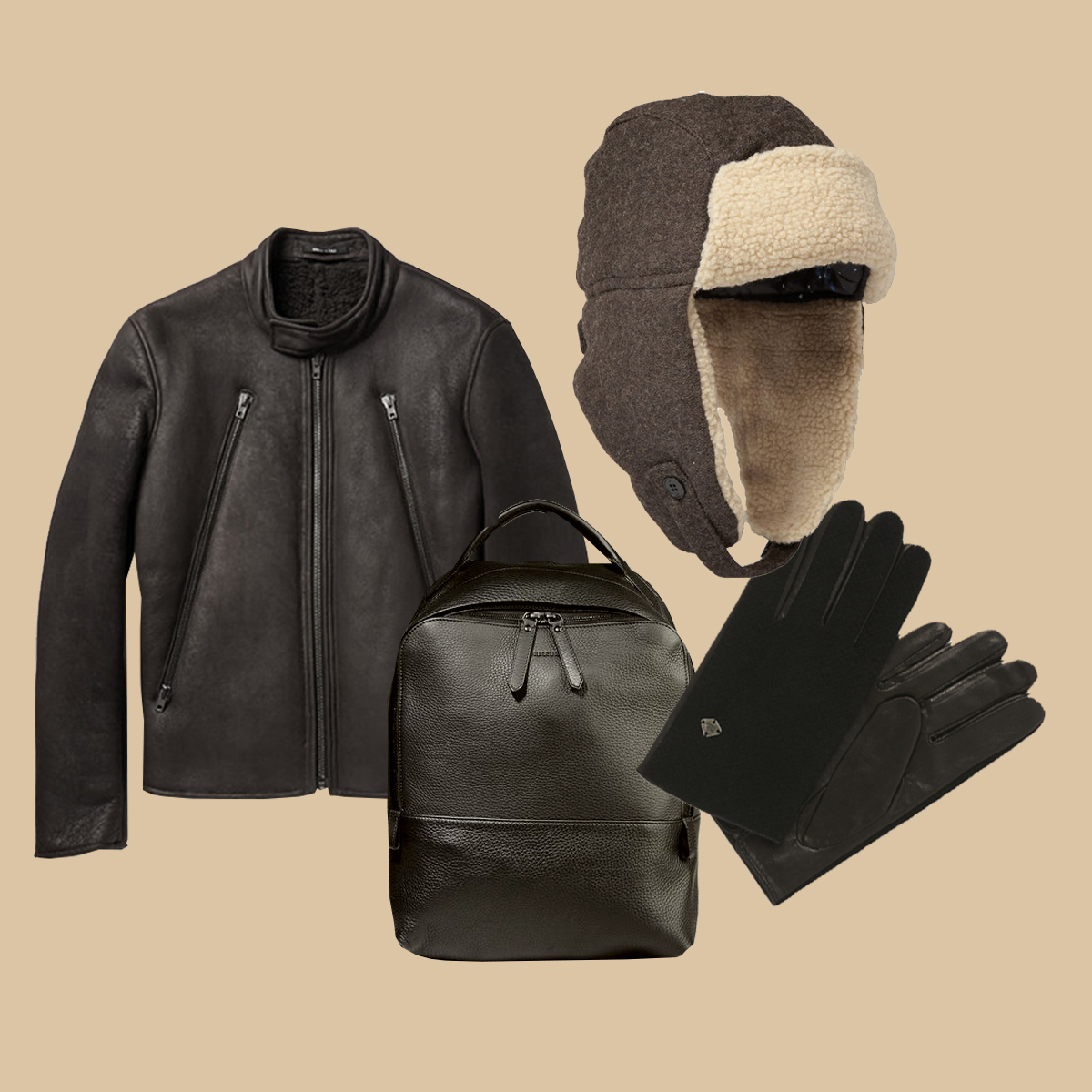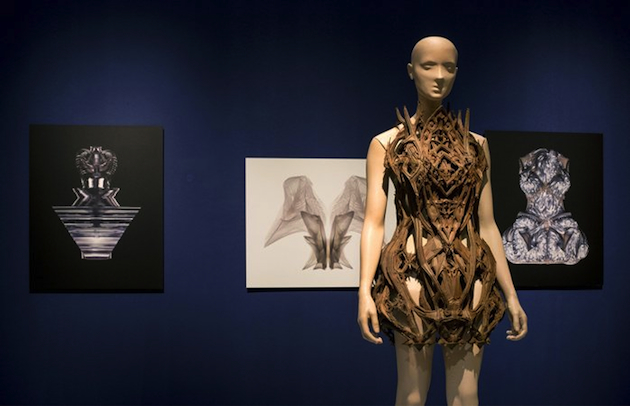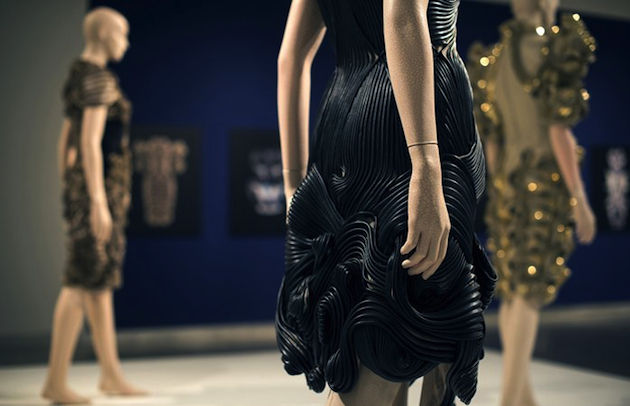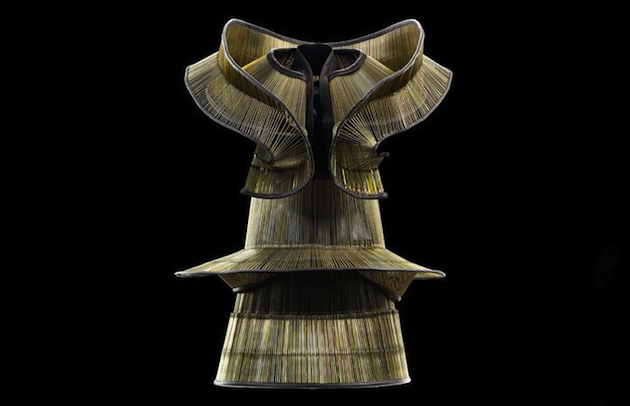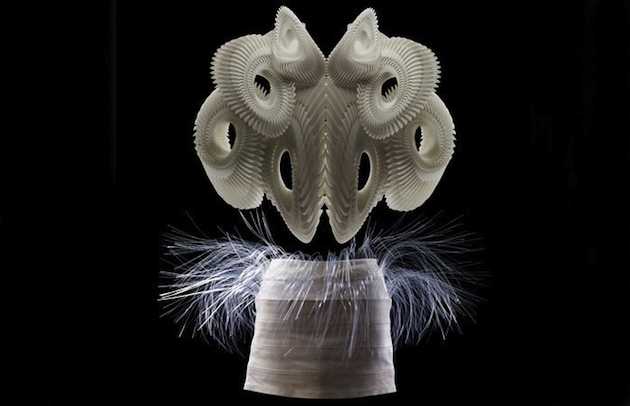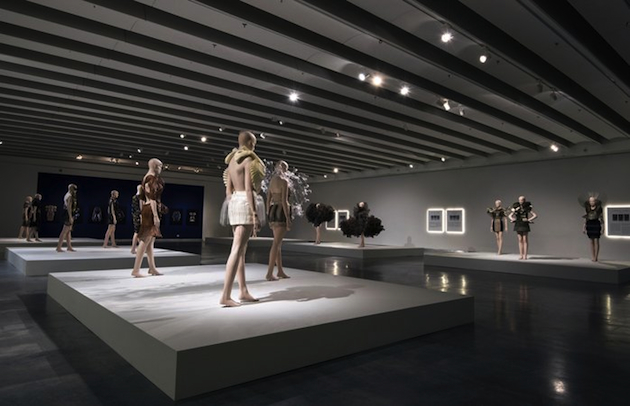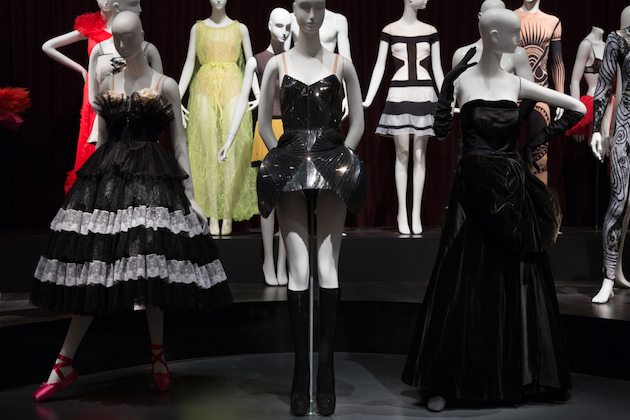
Kate Vaughan, twirling with her skirt made of 100 yard of fabric; Loie Fuller and her Serpentine dance, based on the effects of light on the gauze fabric of her dress; Josephine Baker shaking her frayed, sparkling dress doing Charleston on stage: history of fashion offers many examples of how tight is the bond between dance and fashion. The Fashion Institute of Technology in New York puts this tie on stage with an exhibition that celebrates the contacts between these two creative forms. Curated by Valerie Steele, “Dance and Fashion” features nearly 100 pieces that range between dance costumes and fashion designs inspired by dance, that reconstruct a path of institutional and revolutionary dance from 1930 to now, told through a physical exhibition path designed by the architect Kim Ackert.
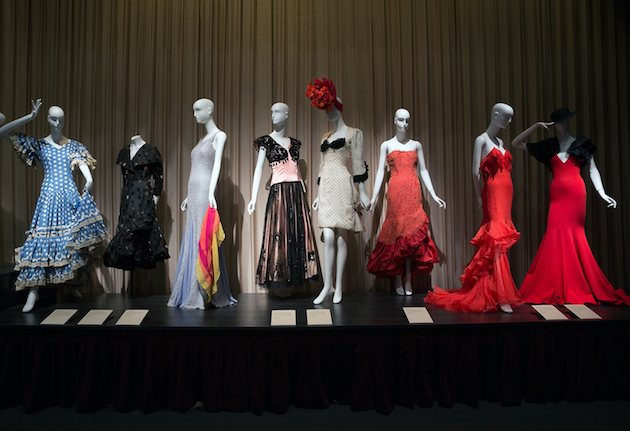
The exhibition starts with ballet costumes from the romantic ballet era, paired with fashion designs from around 1830-40; followed by oriental pieces from the iconic Ballet Russes, which began to influence designers since their arrival in Europe in 1909, charming fashion personalities from Paul Poiret at the beginning of the century, to Yves Saint Laurent, who dedicated an entire collection to the Ballet Russes in 1976; collaborations between dance institutions and fashion designers are also displayed, with pieces form Valentino, Riccardo Tisci, Isaac Mizrah, Prabal Gurung, Olivier Theyskens, to name a few; the modern dance section reflects mainly on the collaboration between Halston and Martha Graham, one of the pioneers of modern dance, but also includes pieces from collaborations between Merce Cunningham and Rei Kawakubo; flamenco is celebrated too, and even some of Rick Owens’ designs from S/S 2014, inspired by American ‘Vicious’ step dancers.
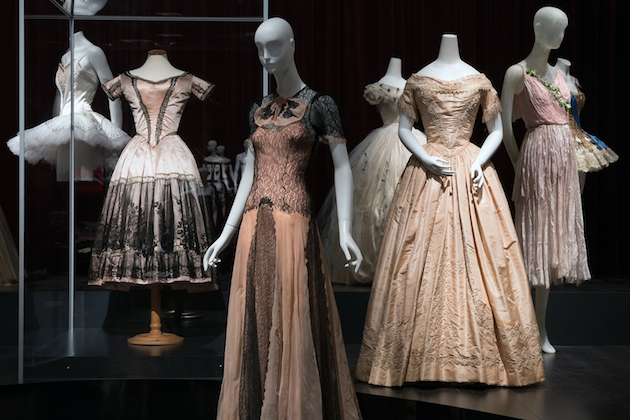
When talking about the concept of the exhibition, Steel refers to both fashion and dance as ‘embodied arts’, and the choice of this precise word is in no way random: it brings all back to the materiality of the body, which is at once a real body and the image of a fictitious character. By placing together these two disciplines, the exhibition puts the lights on a third one, directly spawned from the other two: costume design for ballet and dance in general. Costume design for dance deals with many issues: not only is it about studying a personality, but it has the added task of making the character communicate by enhancing the movements of the body through clothes; designing a costume for the stage is a way to make a character who’s dancing, talk. This exhibition gives the chance to examine dance ensembles in a way that is impossible when they are on the stage: to appreciate the seams and embroidery, the details and the manufacture in the complete stillness of a mannequin.
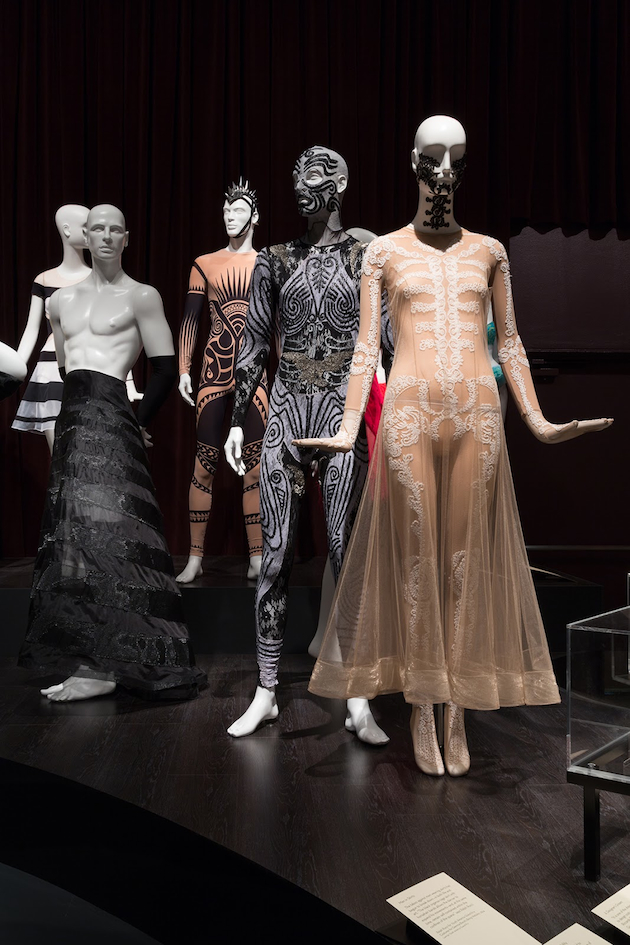
But, by taking the clothes off of the context they were designed to fit in, and were supposed to be seen and then understood, runs the risk of loosing the reasons of their particular design. While dance is alleged as the real protagonist, the exhibition is actually more about fashion than dance itself, and works perfectly with the fashion designs, but less with the costumes: it negates movement, and thus the very meaning of dance: admiring the clothes, beautiful and dreamy as they are, we consider all of them as ‘simply’ fashion designs, while we can only guess their real essence.
The significance of a garment, or in this case, a costume, is tied not to dance in the wider sense, but to a specific kind of dance, be it ballet, traditional, modern or post modern dance; therefore, it relates to a specific kind of movement, which cannot be frozen and displayed in a museum, but has sense only when alive, on a well-lighted stage, displaying its power through performance. The exhibition will remain on show until January 3rd 2015 at FIT in New York.
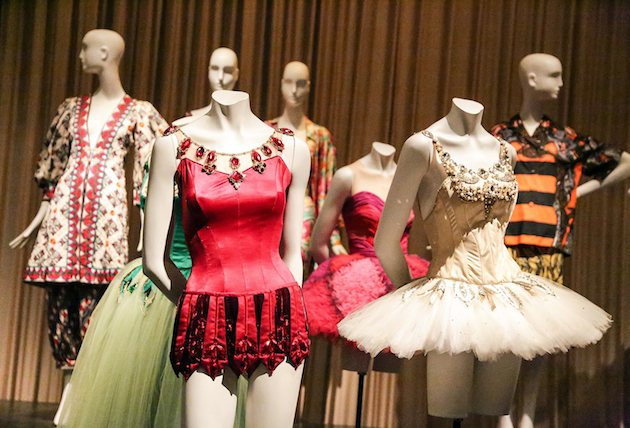
Marta Franceschini
